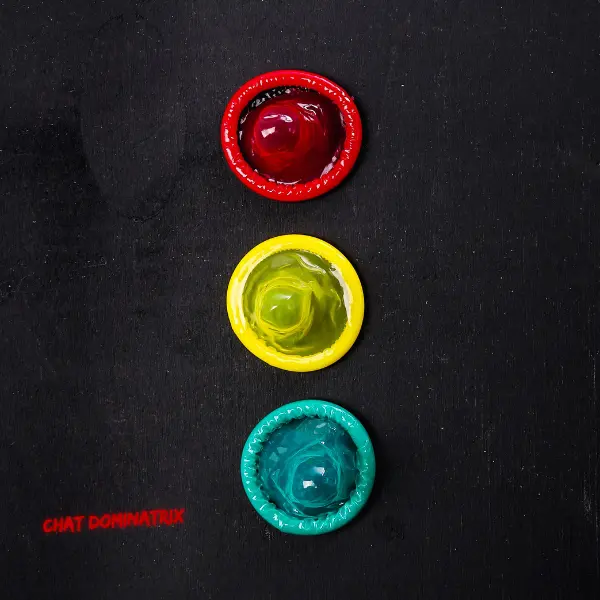The Importance of Safe Words in BDSM
BDSM is built on trust, communication, and consent. Establishing safe words and boundaries ensures that all activities remain consensual and enjoyable for both partners. Whether you’re new to BDSM or looking to refine your communication, this guide will help you understand how to effectively set limits and use safe words.
What Are Safe Words & Why Do They Matter?
A safe word is a pre-agreed word or phrase that signals when a submissive or bottom wants to pause or stop an activity. Unlike saying “stop” (which may be part of roleplay), a safe word is an unmistakable signal that action must halt immediately.
How Safe Words Work
🔹 Safe words help prevent accidental harm by allowing instant communication.
🔹 They ensure that BDSM play remains consensual and enjoyable for both partners.
🔹 They can be used to slow down a scene, adjust intensity, or completely stop an activity.
Common Safe Word Systems
1. The Traffic Light System (Most Popular)
🚦 Green – “Everything is good, continue.”
🚦 Yellow – “Slow down or check in.”
🚦 Red – “Stop immediately.”
This system is universally recognized and ideal for beginners.
2. Unique Safe Words
Some people prefer a unique or unrelated word that won’t be mistaken for part of the roleplay, such as: ✅ Pineapple
✅ Banana
✅ Unicorn
3. Non-Verbal Safe Signals (For Gags or Speech Restrictions)
If a submissive is wearing a gag or unable to speak, alternative safe signals include:
✋ Hand Gestures – Raising a hand or tapping out.
🔔 Holding a Bell or Object – Dropping it if in distress.
How to Set Boundaries in BDSM
Setting clear boundaries helps create a safe, consensual, and enjoyable experience.
1. Understanding Hard vs. Soft Limits
- Hard Limits: Absolutely off-limits activities (e.g., blood play, humiliation, or breath control, depending on the person).
- Soft Limits: Activities that may be okay in specific circumstances but require discussion and caution.
2. Pre-Scene Negotiation
Before engaging in BDSM play, partners should discuss: ✅ Hard and soft limits
✅ Preferred safe word system
✅ Triggers, fears, and comfort levels
Handling Safe Word Use During Play
🔹 If “Yellow” is used: The Dominant should pause, check in, and adjust intensity.
🔹 If “Red” is used: All activity stops immediately. The Dom checks in to ensure safety and comfort.
🔹 Post-Scene Aftercare: After using a safe word, both partners should communicate openly about what happened and provide physical and emotional aftercare.
Common Mistakes to Avoid
❌ Ignoring safe words or failing to check in.
❌ Assuming all limits remain the same without re-negotiation.
❌ Using overly complex or hard-to-remember safe words.
Final Thoughts: Safe Words Build Trust
Safe words and limits are essential tools for creating a secure, consensual BDSM experience. By setting boundaries, discussing limits, and respecting communication, partners can explore BDSM safely and with confidence.
Ready to explore BDSM with confidence? 🔥
➡️ [Read More BDSM Safety Guides Here]


